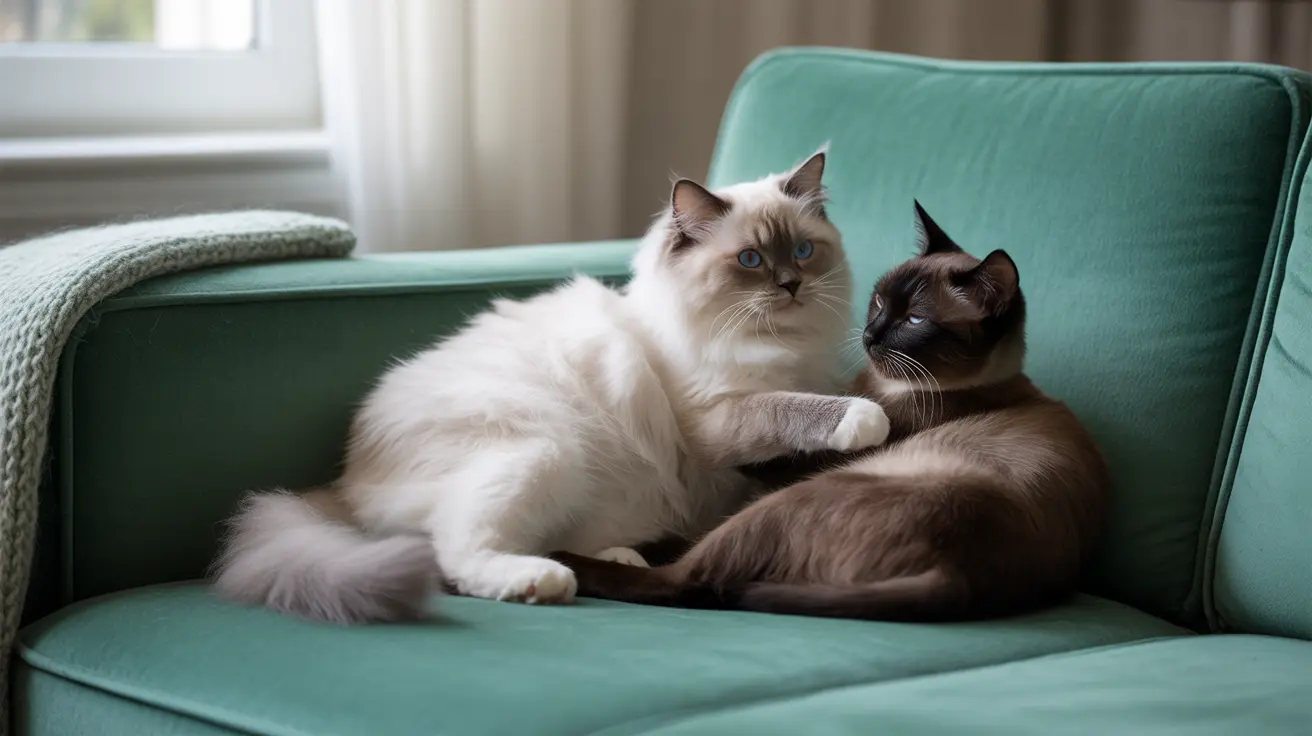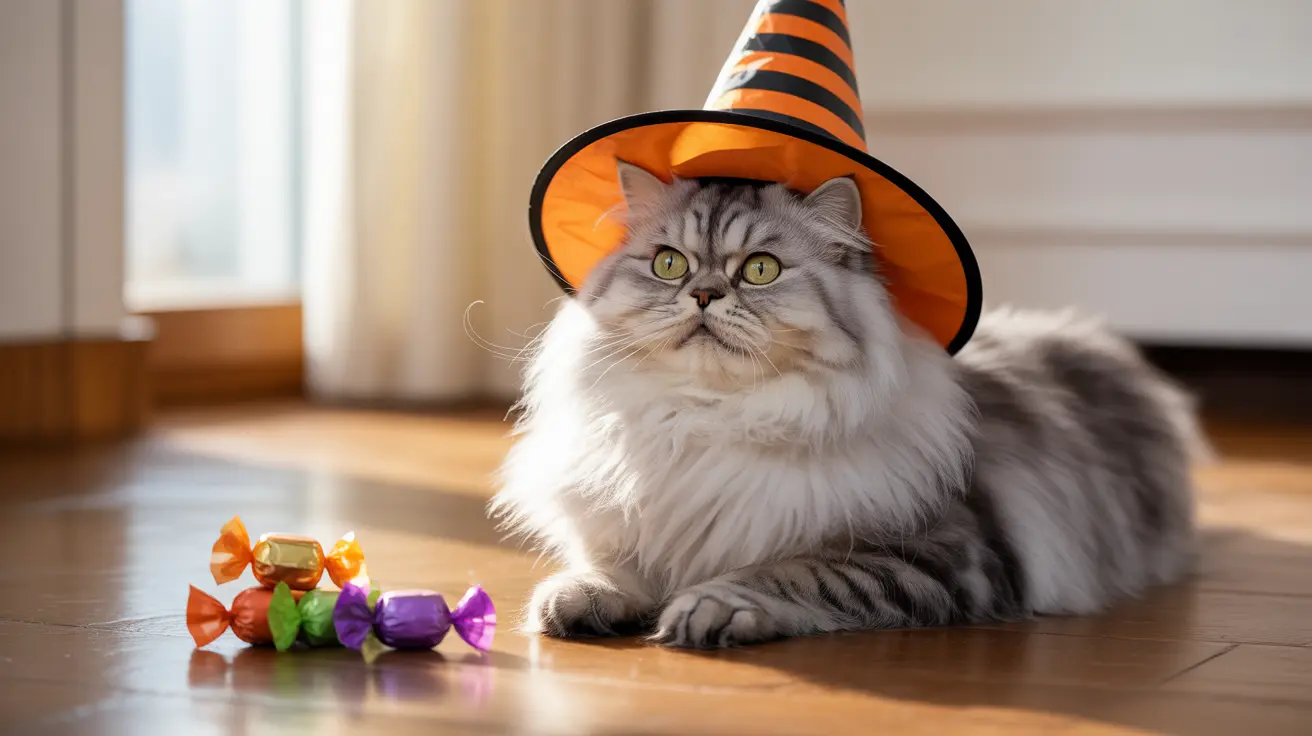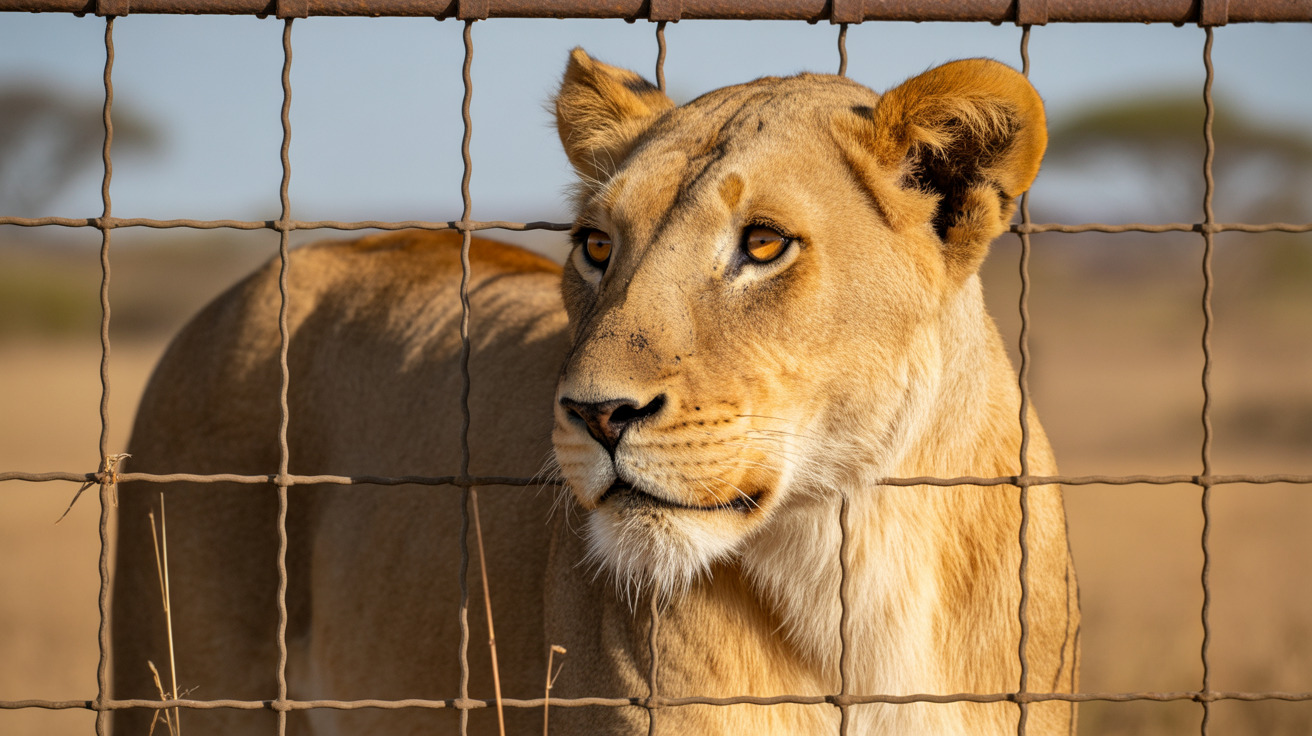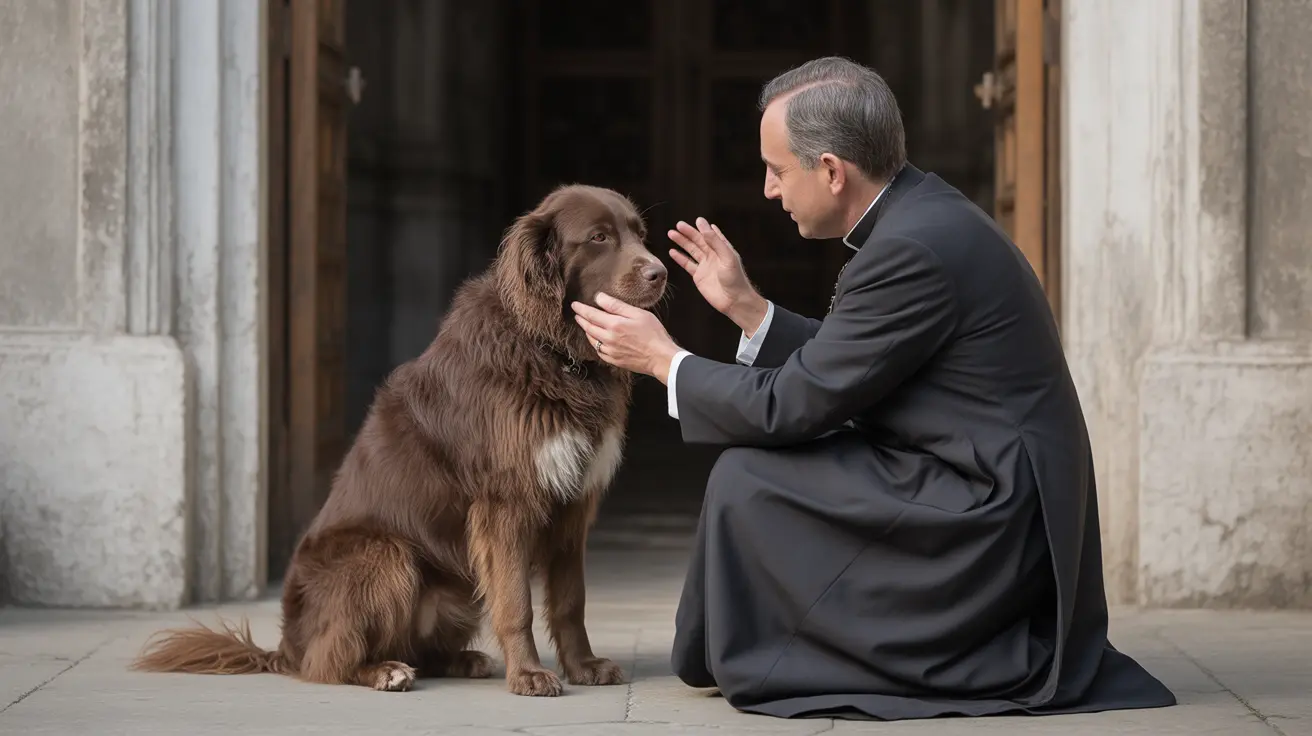While cats are often portrayed as solitary creatures, they're actually capable of forming deep bonds with other felines, including engaging in cuddling behaviors. However, whether cats choose to cuddle with each other depends on various factors including their personality, early socialization, and living environment.
Understanding why cats do or don't cuddle with each other can help pet parents better appreciate their felines' unique social dynamics and ensure they're providing the best environment for their cats to express natural behaviors.
Natural Bonding Behaviors in Cats
Cats demonstrate affection through various physical behaviors, with cuddling being just one of many bonding expressions. Allogrooming (mutual grooming) and allorubbing (rubbing bodies together) are common ways cats show trust and establish group identity.
These behaviors serve multiple purposes: they help maintain social bonds, share scents, and provide comfort and security. When cats choose to cuddle together, it's often a sign of deep trust, as sleep is a vulnerable state for felines.
Factors That Influence Cat Cuddling
Genetic Predisposition
Some cat breeds naturally tend to be more affectionate and social. Breeds like Ragdolls, Siamese, and Burmese often display more cuddling behaviors compared to other breeds.
Early Socialization
Kittens who experience positive interactions with other cats during their critical development period (2-7 weeks) are more likely to develop into social adults who enjoy physical contact with other felines.
Environmental Factors
The household setup plays a crucial role in cat relationships. Having enough resources (beds, food bowls, litter boxes) and space can reduce competition and stress, making cats more likely to engage in affectionate behaviors.
Why Some Cats Don't Cuddle Together
Not all cats choose to cuddle, and that's perfectly normal. Several factors can influence this behavior:
- Individual personality preferences
- Past traumatic experiences
- Lack of early socialization
- Health issues or physical discomfort
- Territorial instincts
- Age differences between cats
Signs of Positive Cat Relationships Without Cuddling
Even if cats don't cuddle, they may show their bond through other behaviors:
- Sleeping near each other without touching
- Playing together
- Greeting with tail-up positions
- Sharing territory peacefully
- Following each other around
- Mutual grooming sessions
Frequently Asked Questions
Why do some cats cuddle with each other while others don't?
This varies based on factors like personality, early socialization, past experiences, and individual preferences. Some cats simply prefer less physical contact while maintaining strong bonds through other behaviors.
How can I tell if my cats are bonded even if they don't cuddle?
Look for signs like mutual grooming, playing together, greeting each other with raised tails, and peaceful coexistence. These behaviors indicate positive relationships even without cuddling.
What behaviors besides cuddling show affection between cats?
Cats show affection through allogrooming, nose touching, tail-up greetings, playing together, and maintaining proximity without necessarily touching.
Can early socialization affect whether cats cuddle or seek physical closeness?
Yes, kittens who have positive experiences with other cats during their developmental period are more likely to be comfortable with physical closeness as adults.
How can I encourage my cats to cuddle or get along better?
Provide a stress-free environment with plenty of resources, introduce cats gradually, and never force interactions. Reward positive interactions and ensure each cat has their own space when needed.
Remember, whether your cats cuddle together or not, what matters most is that they coexist peacefully and show signs of comfort in their shared environment. Each cat relationship is unique, and there's no single "right" way for cats to show affection for one another.






